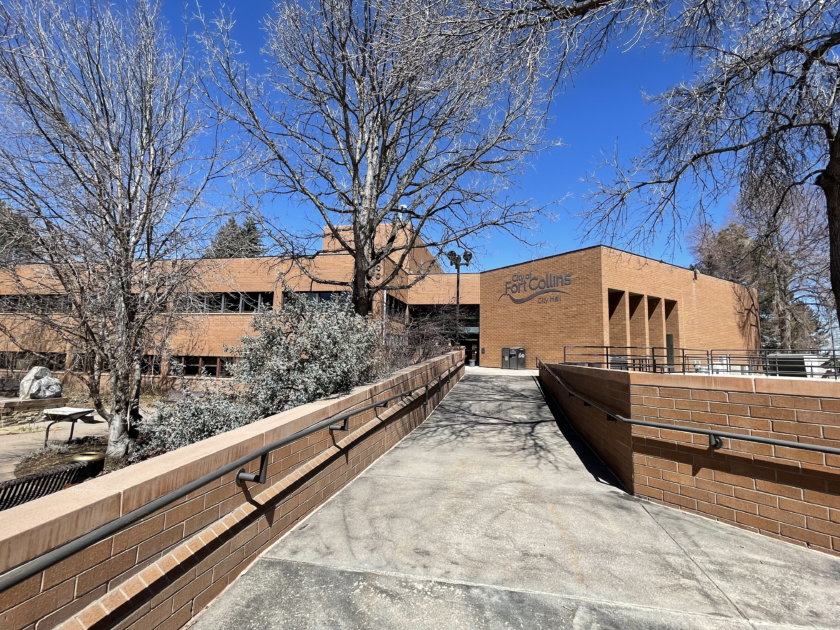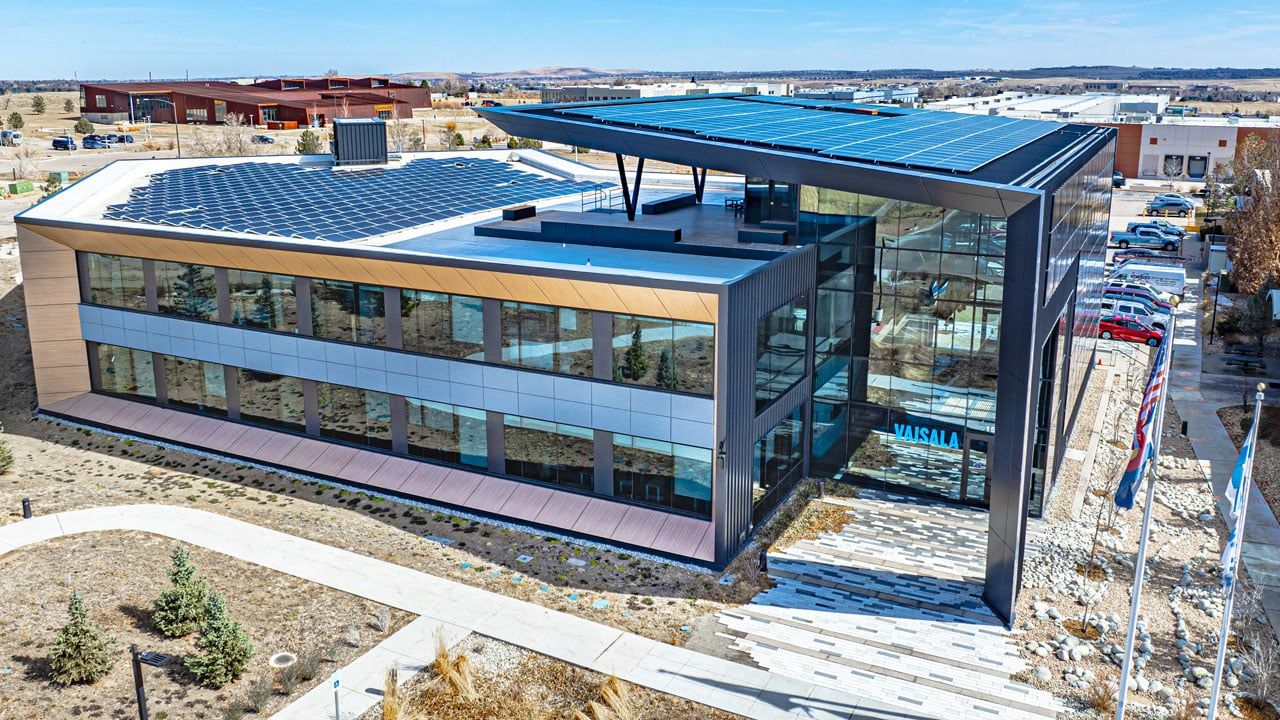Third try for revised Fort Collins land-use code may stick

FORT COLLINS — After seeing two of its attempts to rewrite the city’s land-use code overturned by citizen-initiated petitions, the Fort Collins City Council tried for a third time Tuesday night by approving on first reading a stripped-down version that would still add density and encourage more diverse, attainable and affordable housing choices.
The third time may be the charm.
“It’s what we asked for,” said Ross Cunniff, the former city councilman who leads Preserve Fort Collins, the citizens group that led the two previous successful petition drives. Had he still been a member of the council, he told BizWest after Tuesday’s vote, “it’s possible I would have supported it. The devil’s in the details, of course, but it’s conceivable.”
SPONSORED CONTENT
Commercial Solar is a big investment, but not an overwhelming one
Solar offers a significant economic benefit for commercial property owners while also positively impacting the environment and offering a path to compliance for new municipal requirements like Energize Denver. A local, experienced solar installer will help you navigate the complexities of commercial solar to achieve financial success for your project.
Even Councilmember Kelly Ohlson, who had been one of two votes against the previous revisions, admitted that he could live with this one. “If I looked for perfection on everything,” he said, “I’d be a no vote on everything.”
What city staff called a “foundational” land-use code omitted nine major points of contention in the new code, hinting that some of them might be reworked and reintroduced later, but Ohlson said “I hope we’ll never see those nine again because that was part of the compromise.”
The nine new requirements stripped from the previous land-use code revision are as follows:
- In the Residential Low-Density zone, the largest zone in Fort Collins, composed mostly of single-unit, detached homes largely built between 1960 and 1997, the new code removes accessory dwelling units as a permitted housing type and decreases the maximum density permitted on a lot.
- In the Neighborhood Conservation, Low Density / Old Town-A zone, which permits single-unit, detached houses as well as “carriage houses’ on lots larger than 12,000 square feet, the revisions remove duplexes as a permitted housing type, maintain the current lot size for residential units and remove the affordable-housing incentive of additional housing types such as apartments, row houses and cottage courts.
- In the Neighborhood Conservation, Medium Density zone district, making up neighborhoods that are adjacent to downtown and including a diverse mix of single-unit detached, duplex, and multi-unit residential buildings often integrated on the same block with commercial uses and services within walking distance, the revisions would maintain the current four-unit maximum for multi-unit buildings, maintain the current lot size for residential units and remove the affordable-housing incentive of additional density.
- For neighborhoods controlled by private covenants or homeowners’ associations, including the more than 200 HOAs registered in Fort Collins, the revisions would remove language prohibiting the HOAs from regulating the number and/or type of dwelling units permitted on a lot, and remove language prohibiting them from regulating the ability to subdivide property.
The attempts to rewrite the city’s 1997 code were made because many citizens and developers found it difficult to use and understand, especially without graphic representations of form-based requirements. City staffers sought to reorganize it to align it with new building types and standards, expand incentives for affordable housing and regulate density through form standards and building types instead of dwelling units per acre.
Preserve Fort Collins’ first successful petition drive forced the council in January 2023 to choose between repealing the massive rewrite of the code it had approved in November 2022 or submitting what it rebranded as a “land development code” – which critics charged would have virtually ended single-family residential zoning — to voters. It chose to repeal the rewrite, pledging to listen more to citizen concerns. City staffers made some changes to their proposal over the summer, resubmitted it, and the council approved it on a 5-1 vote on Oct. 17. However, the citizens group launched another drive and collected enough signatures to force the council to again repeal its approval on Dec. 19, also rejecting a chorus of pleas to put the changes on the municipal ballot.
After Tuesday’s vote, Cunniff echoed Ohlson in hoping that “they don’t restore any of the controversial items without significant public dialogue.”
The Fort Collins Area Chamber of Commerce, which had strongly supported the first and second rewrites of the code, backed the version approved Tuesday as well.
“Though we believe the foundational document and recommendations presented this evening lack the complete vision necessary to meet the challenges that lie ahead, we recognize the greater benefit of moving our community forward,” wrote Ann Hutchison, the Chamber’s president and CEO, in an email to council members. “The code changes you are considering this evening represent significant improvements to a document that is cumbersome, confusing, and fraught with specificity that precludes innovation and creativity.
“Fort Collins is no longer a suburban college town with abundant greenfield development opportunities,” she wrote. “As such, our most significant planning document must reflect both the challenges and rewards of an urban environment capable of supporting current and future residents.
“The Fort Collins Area Chamber of Commerce is a proud advocate for our workforce, their families, and our collective wellbeing. Housing affordability and the right to live, work and recreate within the community we call home is a fundamental precept of a healthy, vigorous economy. These foundational updates to our land use code represent a small step towards a more inclusive, equitable environment.
“We look forward to continued engagement on Phase 2 of the land-use code update and further refinement of the document as the recognition and acceptance of more diverse housing options evolve within the community.”
That second phase will address remaining issues in commercial, industrial, environmental and other areas and will also incorporate code changes that are not directly tied to housing. A conversation on that phase will be conducted at a Council work session, currently scheduled for June 11. The second and final reading of the residential code approved Tuesday will be at the council’s regular meeting May 7.
Only Councilmember Susan Gutowsky, who had joined Ohlson in opposing the previous revisions, remained unconvinced, questioning the impact of increased density “on infrastructure and parking, exceeding capacity of many of the neighborhoods this is going to impact.” She opposed a change in the building size and height to be allowed in the medium-density Old Town zone – allowing apartment buildings or triplexes to use 70% or 85% of a lot size and be up to 28 feet tall, as opposed to the current two-story limits and 40% maximum lot size – and said the new code makes it very tempting for developers to scrape a lot and then build a large fourplex, because their return on investment would be much bigger.
“Where’s the teeth in the land-use code” to compel developers to provide housing at lower prices, she asked. “Unless we have some way of bringing the developers in, I don’t see where we’re going to have affordable housing.”
The stripped-down Fort Collins land-use code would still add density and encourage more diverse, attainable and affordable housing choices.
THIS ARTICLE IS FOR SUBSCRIBERS ONLY
Continue reading for less than $3 per week!
Get a month of award-winning local business news, trends and insights
Access award-winning content today!


